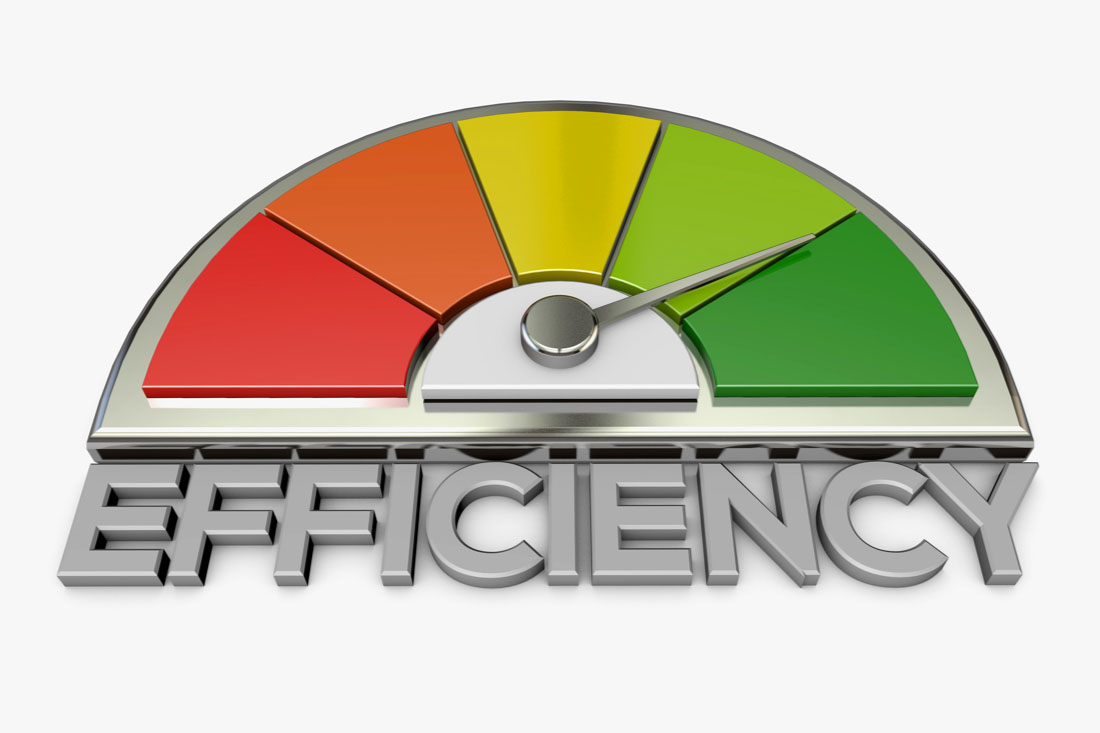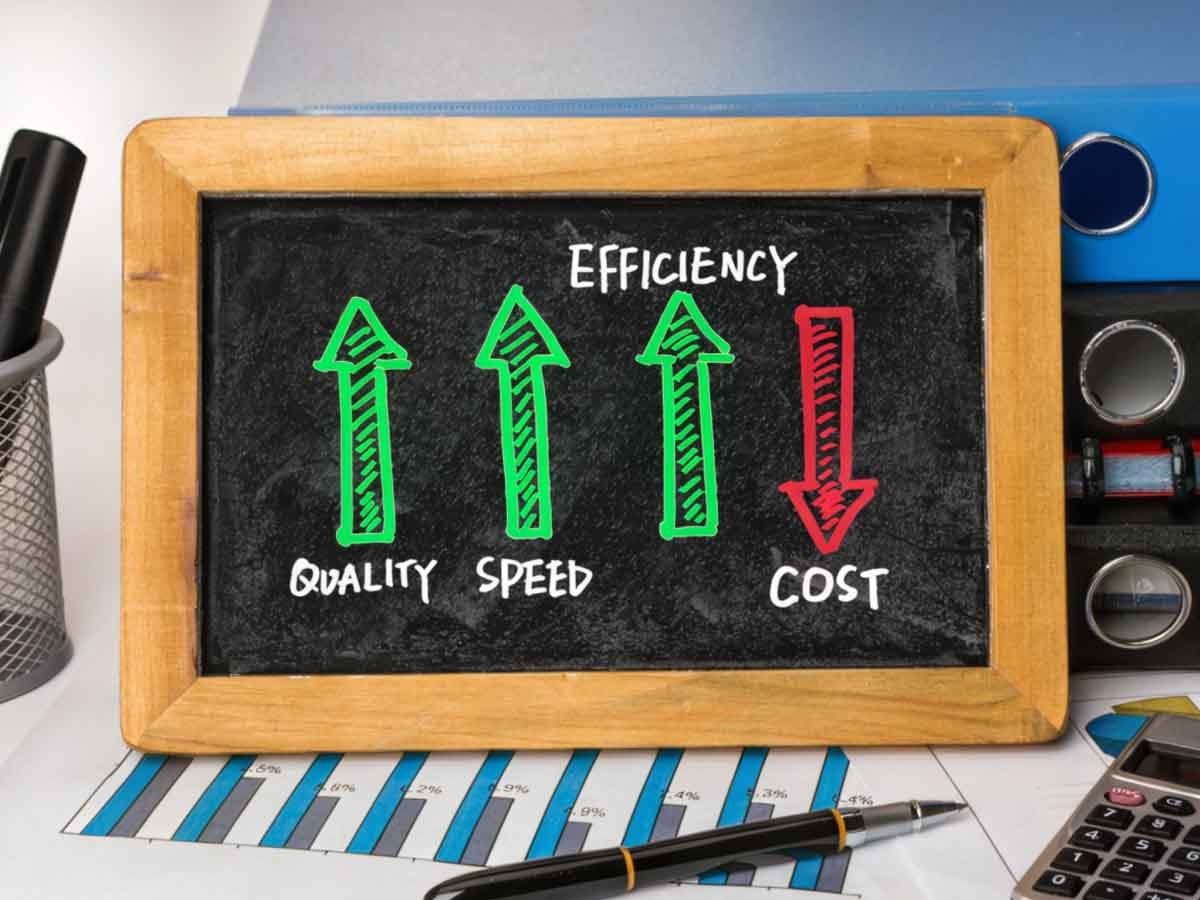Missed deadlines. Rushed jobs. Project delays. These are all signs you’re experiencing a loss of productivity in the workplace.
The question is: How do you spot and address it?
Understanding the factors contributing to lost productivity is crucial to success and prevention. In this comprehensive guide, we help you find and fix productivity losses within your company to create a thriving workplace. From recognizing the signs of decline to implementing strategies for improvement, let’s explore each aspect in detail.
What is lost productivity?
Productivity loss in business is when employees, teams or the organization at large is not performing at full potential. It’s when actual accomplishments fall short of the maximum possible performance under ideal conditions. Productivity loss can stem from various factors, including:
- Operational inefficiencies such as unnecessary bureaucratic processes, poor workflow designs or inadequate technology
- Employee-related challenges like low morale, high stress, insufficient training and burnout
- Systemic barriers such as unclear goals, miscommunication, a lack of proper resources and ineffective leadership
Why is lost productivity bad for businesses?
Lost productivity is a silent killer of business performance — and the implications are huge. According to Gallup, disengagement alone costs the world $8.9 trillion in global gross domestic product. Other research shows large companies lose $1.7 million to wasted time and $100 million a year to unnecessary meetings.
These significant figures represent more than just a lack of efficiency — they’re a significant drain on a company’s operational efficiency and potential earnings.
The consequences of lost productivity extend beyond simple financial metrics. When a business isn’t operating at full potential, it creates a cascading effect that impacts team morale, innovation and competitive advantage. Low productivity also impacts time cost — the indirect costs incurred when an activity takes longer than expected.
In other words…
Even modest improvements to workplace productivity lead to substantial gains for your business, potentially saving thousands of dollars per employee annually and creating a more dynamic, engaged work environment.
Potential causes of a loss in productivity
Productivity can dip for all kinds of reasons. And sometimes, there’s not much you can do — such as when someone is sick or has a bad day. But if a decline continues for days or weeks, bigger issues are likely at play. Some common causes include:
- A lack of incentives: If you don’t take time to recognize and reward achievements, people will eventually lose motivation to perform their best. Without acknowledgment from leadership, there’s no reason to stick to timelines — let alone go the extra mile.
- Too many time wasters: Time spent in recurring meetings and Slack conversations may seem harmless, but those hours add up fast. They can make it difficult to stay focused on critical tasks and important projects.
- A toxic work environment: Does your culture encourage long hours and working weekends? This isn’t just counterproductive. It actually makes employees less productive. They’re more likely to burn out, call in sick and put in the bare minimum.
- Insufficient training: Equipping employees with the skills they need to do their jobs is essential. Without it, people won’t know which software to use or how to follow your processes and procedures.
- Too much work: When employees are overworked, they tend to rush jobs and make errors. They’re also more likely to call in sick or engage in presenteeism, which means they’re at work physically but not able to perform well.
- Not enough work: When employees don’t have enough to do, they quickly become disengaged and less committed, leading to lower-quality work.
- Poor management: Without proper guidance and support, employees struggle to meet goals and keep projects on schedule.
- Misaligned roles: Without proper role alignment to ensure employee skills match their responsibilities, productivity is bound to decrease. This usually happens when someone takes on tasks that fall beyond their current capabilities.
- Personal issues: When employee well-being suffers, productivity suffers along with it. Unaddressed personal problems like health issues or financial stress make it difficult for employees to perform their best.
How to identify lost productivity
To spot productivity losses, you first have to measure productivity. Here are four of the quickest, easiest ways to do it.
1. Use productivity measurement software
If you want a high degree of accuracy, productivity management software is the way to go. These solutions collect day-to-day employee activity data to show you when, where and why productivity dips. Because the data is collected in real time, you can spot and address productivity losses before they spiral into bigger problems.
2. Look for changes in output or quality
Another way to identify lost productivity is to simply watch for behavior changes. Is an otherwise high-performing employee producing less or turning in lower-quality work? Is a usually reliable team taking longer to complete projects? These are all signs it’s time to talk to employees and understand what’s causing the changes.
3. Check task completion time
Some managers prefer to track time spent on tasks, which allows you to see when employees take longer than usual to complete assignments. This option is a good way to spot trends. However, it can also be misleading. Just because someone completes a task quickly doesn’t mean they’re doing it productively or efficiently.
4. Employee feedback
When in doubt, ask employees to rate their own productivity. Or ask if they’ve noticed productivity changes among others. Often referred to as the 360-degree method, this option allows you to collect ratings from employees and managers. Just know this data may be skewed by personal preferences or limited knowledge about how others work.
6 strategies to address a productivity loss
All managers know to set clear goals and expectations and foster open communication. But what if you do all this and productivity still suffers? It’s time to identify and address the root causes. To help, we’ve compiled six proven strategies. Each one is based on real-world experiences and employee data across the 9,500 organizations that use ActivTrak’s productivity management software.
1. Offer more training and development
For people to stay productive, they need the right skills. Even top-performing employees need ongoing training and development, especially as they’re promoted to new roles and responsibilities. It may sound counterintuitive to devote work hours to online courses or in-person training sessions when productivity is already low, but these are vital to long-term success.
2. Monitor employee well-being
According to Gallup, organizations lose $322 billion a year to lost productivity caused by burnout. And often, managers don’t even realize it’s happening. Sure, you might agree that work-life balance impacts worker productivity. But how do you make sure employees get enough of it? This is where having the right employee engagement software comes in — the kind that analyzes daily activities to help you continually monitor well-being. Employees might tell you things are going well, but if your data tells a different story — such as excessive overtime caused by unbalanced workloads — you’ll know to take action.
3. Experiment with flexible work
If your organization sticks to a strict in-office, 9-5 schedule — and if your employees could just as easily work remotely — explore different flexible work options. Many employees are more productive when working from home, either because they need fewer distractions and a quiet space to focus or are tired from long commutes. Not sold on remote work? Try a hybrid model, consider rotating schedules or test the four-day workweek to see what works best for your workforce.
4. Provide more incentives
Incentives don’t just impact productivity. They fuel it. It might sound simple, but calling attention to a job well done is a powerful motivator. An astounding 78% of surveyed workers say they’d be more productive if their employers would simply recognize and reward job performance more frequently. Whether you create a formal rewards program or take the time to send regular “thank you” emails, these strategies give team members the boost they need to stay on task and tackle challenging assignments.
5. Free up focus time
The best way to ensure work gets done? Help employees carve out focus time. These blocks of dedicated time let people concentrate on a single task or project for faster, better results. But when schedules are packed and the pings never stop, staying focused is hard. Look for opportunities to reduce unnecessary meetings and curb common distractions. Freeing up a few hours each week makes a big difference in how employees feel about work — and how much they accomplish.
6. Use productivity management software
If you really want to know what’s causing a loss of productivity, workforce analytics is key. Collecting and analyzing daily activity data allows you to see exactly how much time employees devote to meetings, multitasking and focus time. The goal here is not to spy. Rather, look for a tool that helps you understand what employees need to be as productive as possible.
Identify and address productivity losses with ActivTrak
If productivity is starting to suffer, the above strategies are a great place to start. However, it’s often difficult to determine what’s causing performance to suffer in the first place. Without knowing the causes of productivity losses, it’s hard to know what actions to take in order to prevent future losses.
If this is something you struggle with, ActivTrak is here to help. Our productivity management software makes it easy to identify and address issues. More than 9,500 organizations of all sizes rely on it to:
- See when work needs to be redistributed to ensure everyone’s carrying their fair share of the load
- Identify apps and websites that either promote productivity or make it difficult for employees to stay on task
- Empower employees with Personal Insights reports that shed light on opportunities to build healthier work habits
Sign up for your free account to get started today, and schedule a demo to learn how organizations like yours use ActivTrak to monitor and improve productivity.





